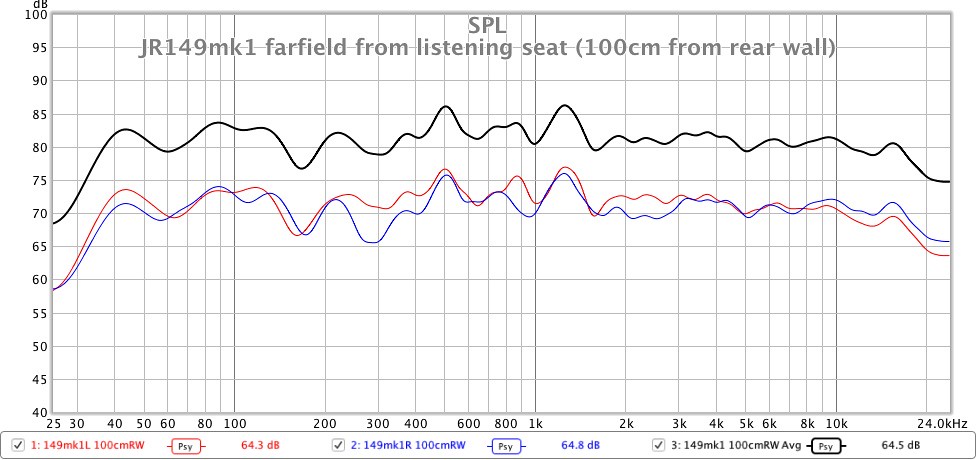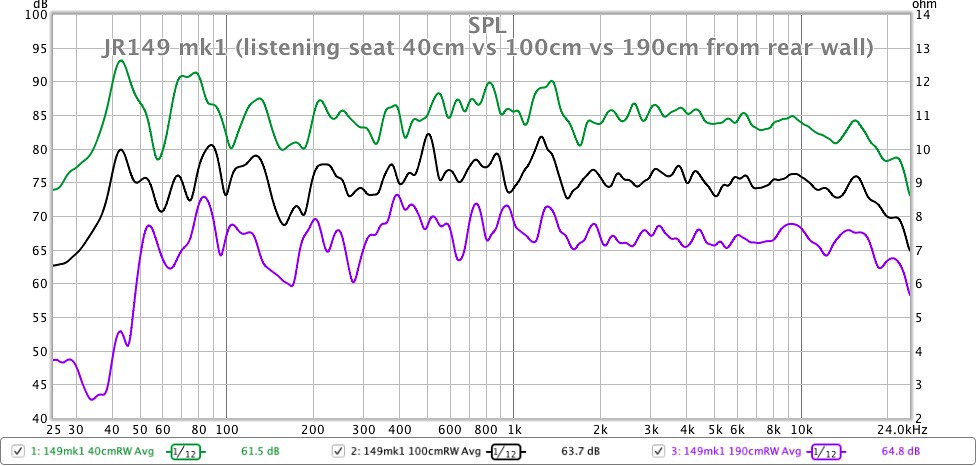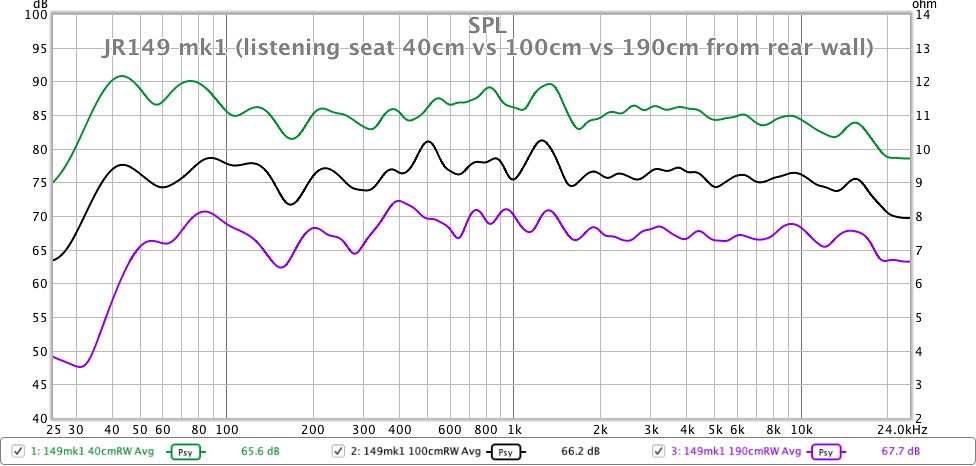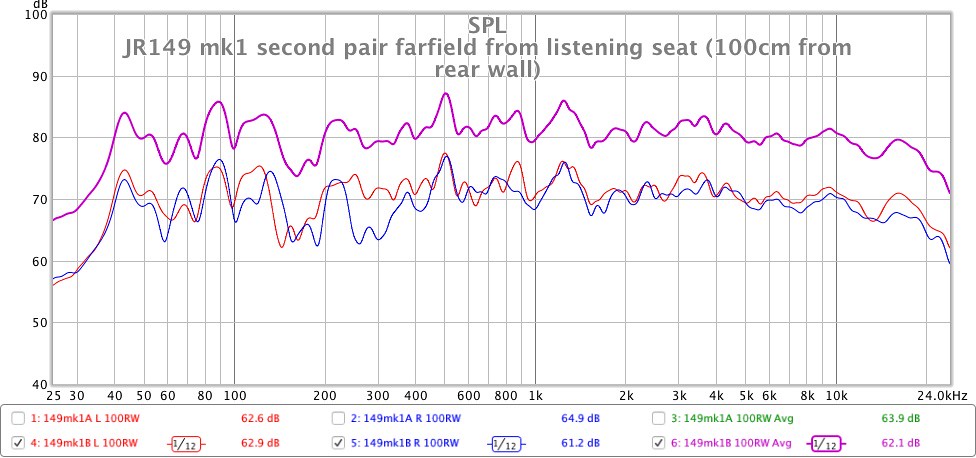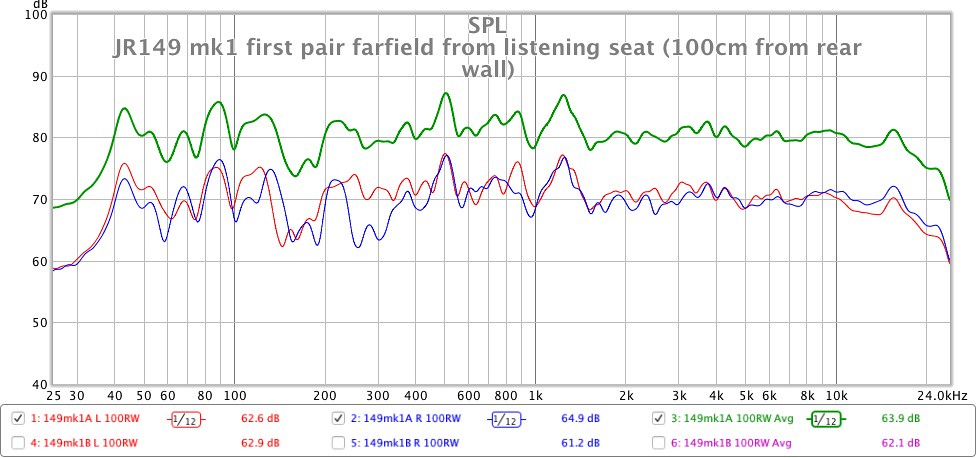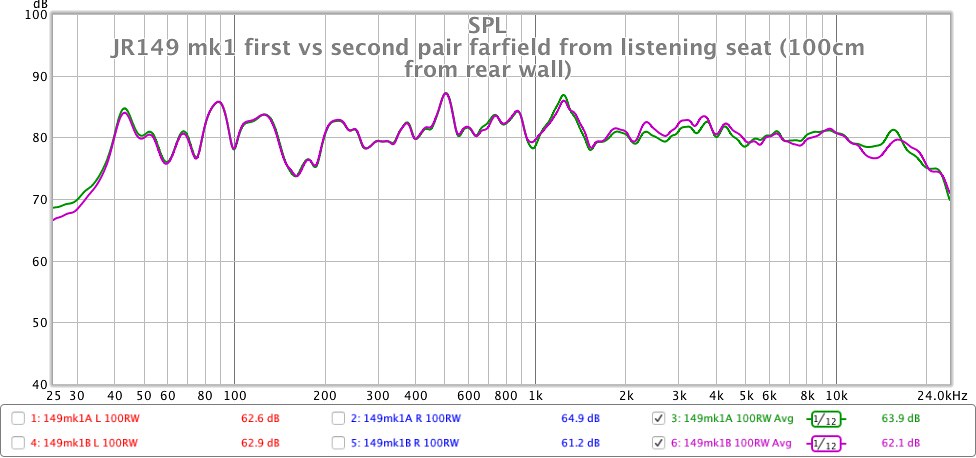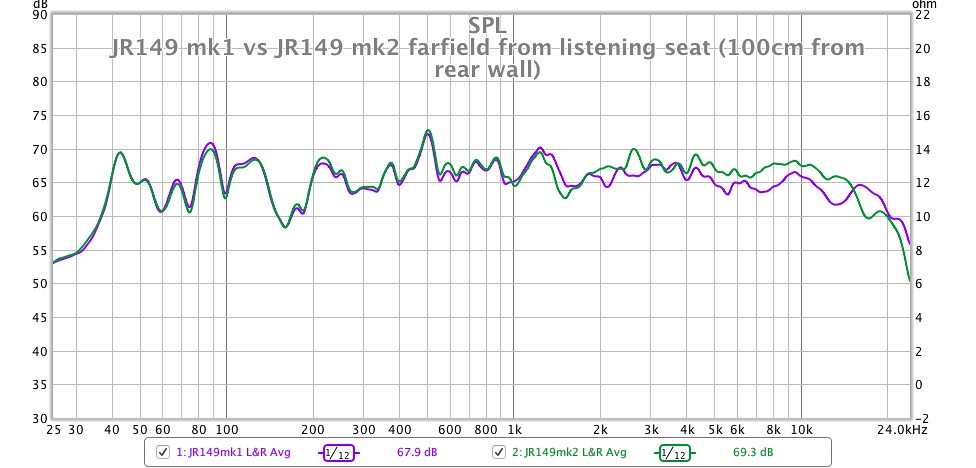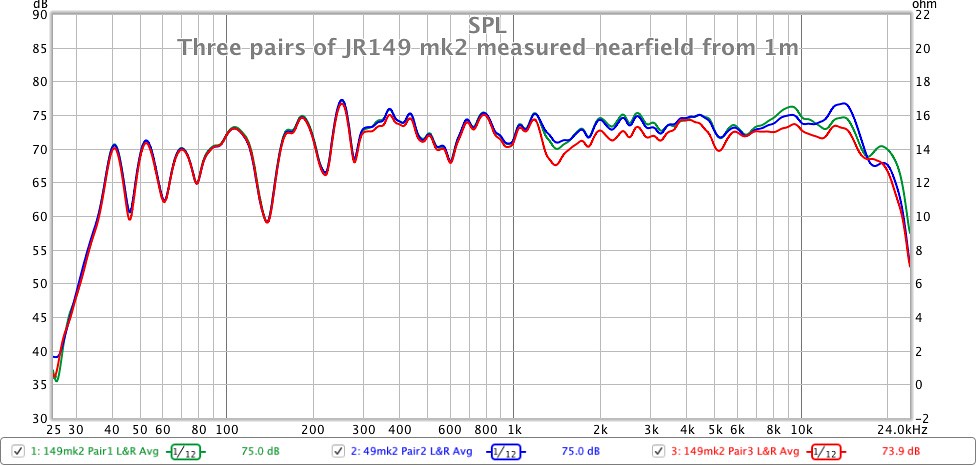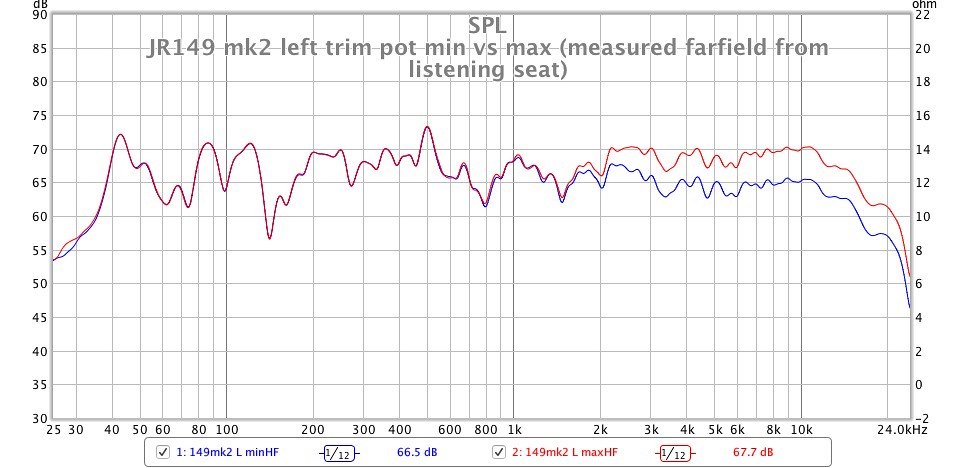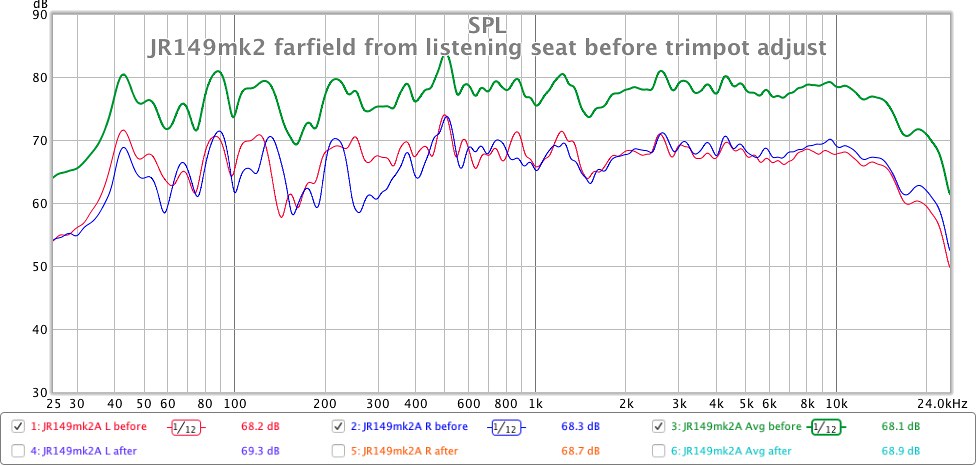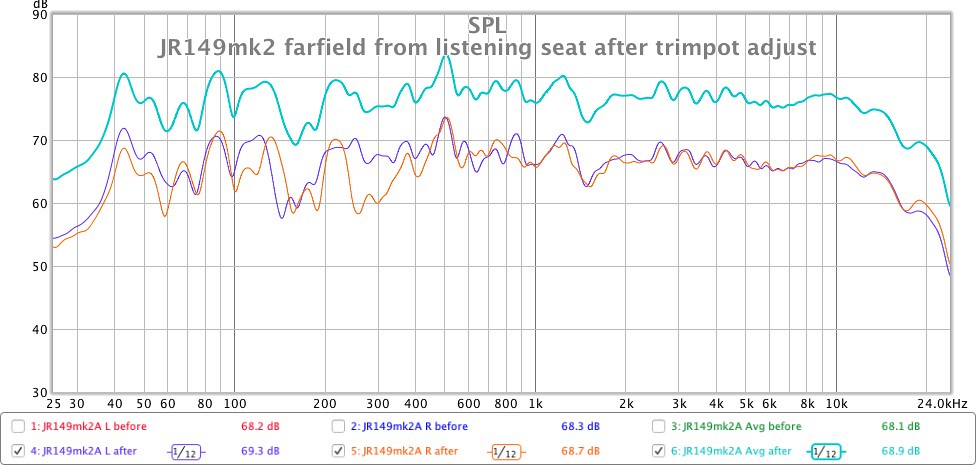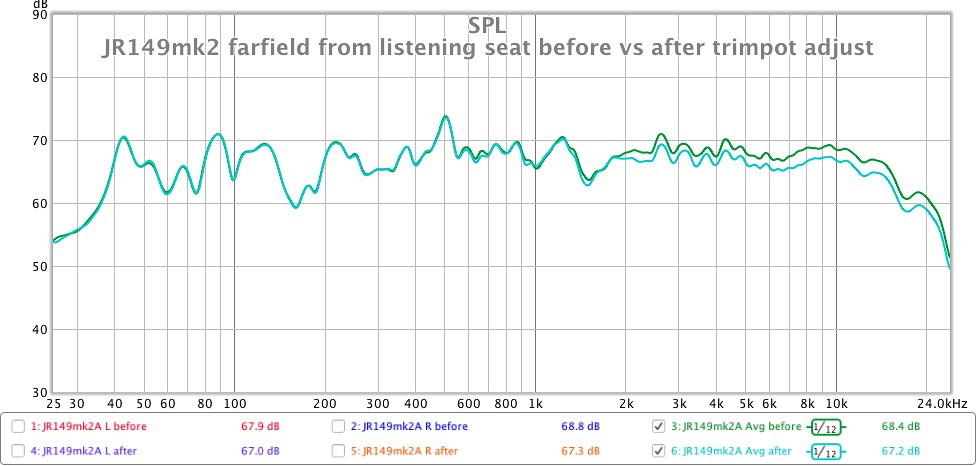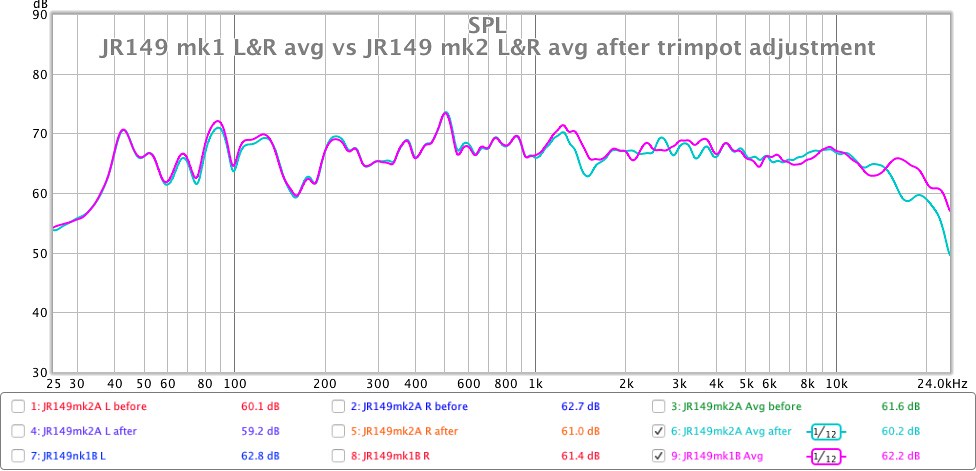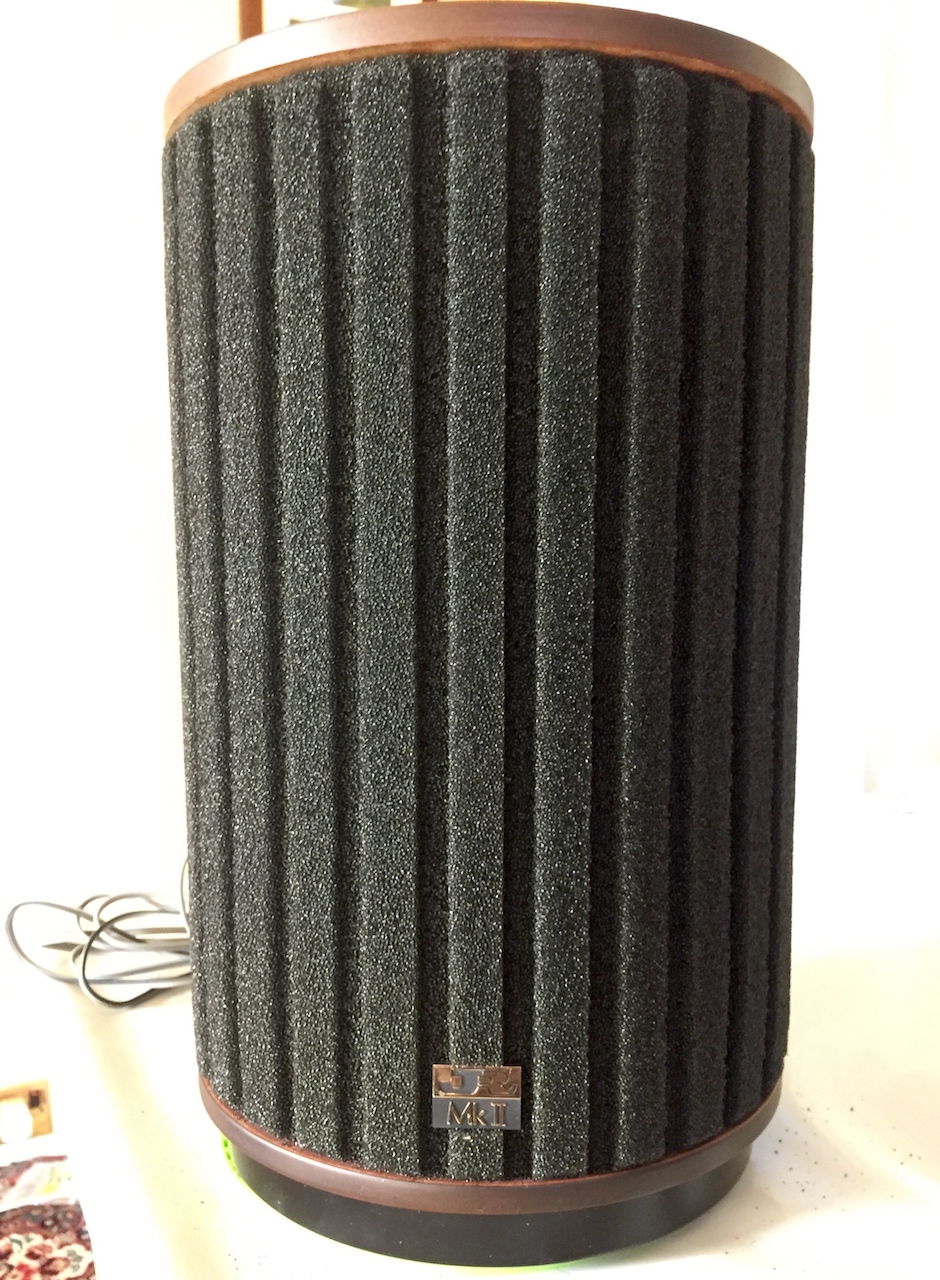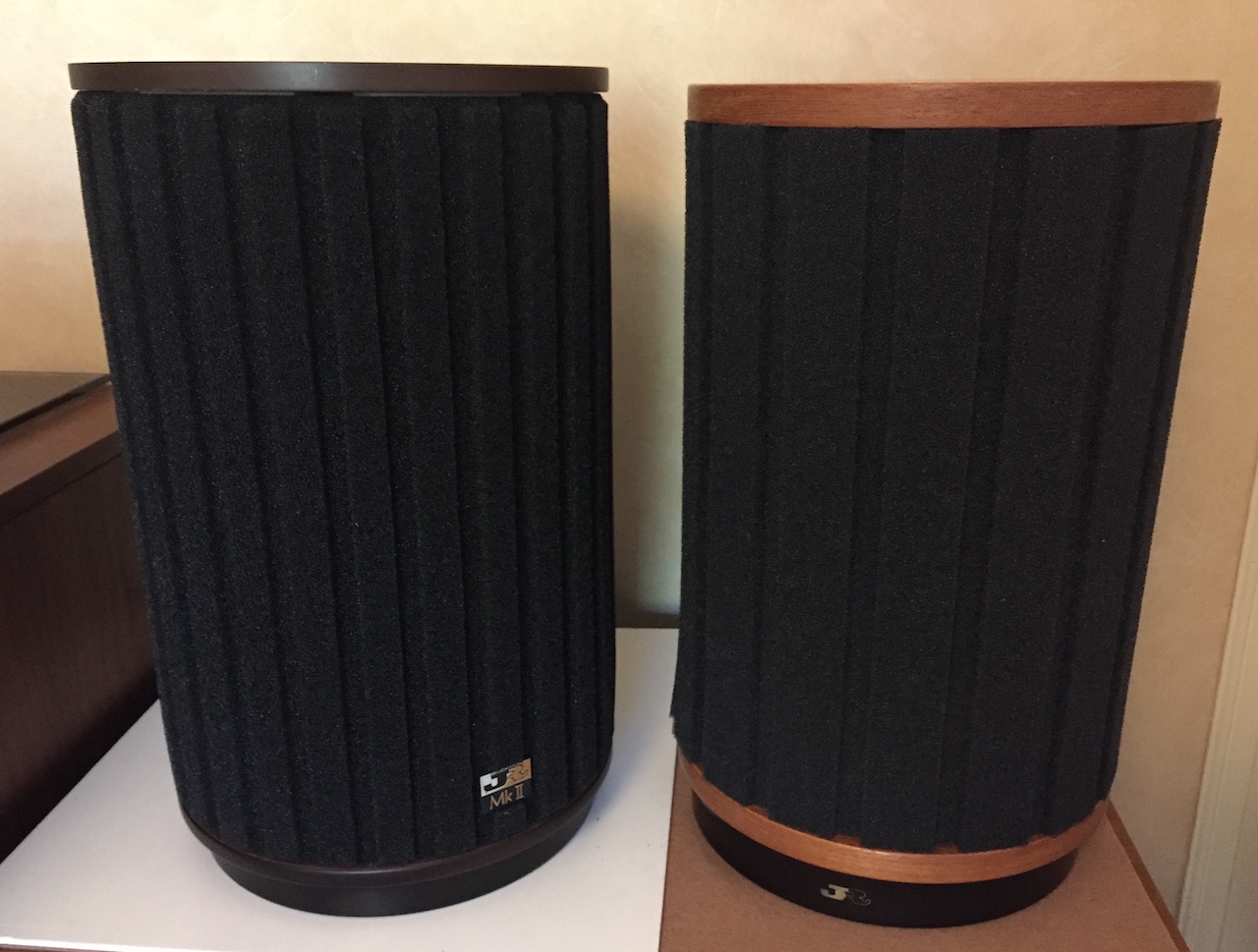Tony L
Administrator
I presume you're measuring this from the back of the end cap, Tony, not from the front baffle?
Yes, the space behind the cabinet.
Interesting graph. It certainly highlights my setup, whilst sounding astonishingly clear and lacking in room effects, does suffer a lot from a lack of bass reinforcement. The speakers roll off in the bass much as they do in the anechoic measurements I’ve seen.
One thing I touched on in the LS3/5A thread and I think inadvertently tried was the theory formed by some LS3/5A fans (I linked to an interesting blog) that in typically sized rectangular rooms such as those most of us have placing the speakers on the wide dimension (i.e. firing across the narrow) and positioned about 1 metre away from the wall puts the speaker on a 40Hz node, which with a tiny well behaved infinite baffle speaker of limited extension actually boosts it below the roll off. The LS3/5A better able to pull this trick off than many as it has a lift at about 110Hz so doesn’t sound at all lean out away from a wall (as 149s tend to IME). I was certainly quite shocked by how much bass they had downstairs just plonked in front of the Tannoys and listened to from my normal sofa which is close to the rear wall. I didn’t keep them in that system long, I just wanted a quick indication of what the 124/Verdier/303 would sound like through them (which was very, very good!).
PS Can you do a ‘psy’ of that plot? It looks very good indeed to my eyes. Maybe not the ‘target’ downward tilt the measurement crowd seem to aim for, but very flat for 1/12 smoothing. Bet it sounds very decent.


